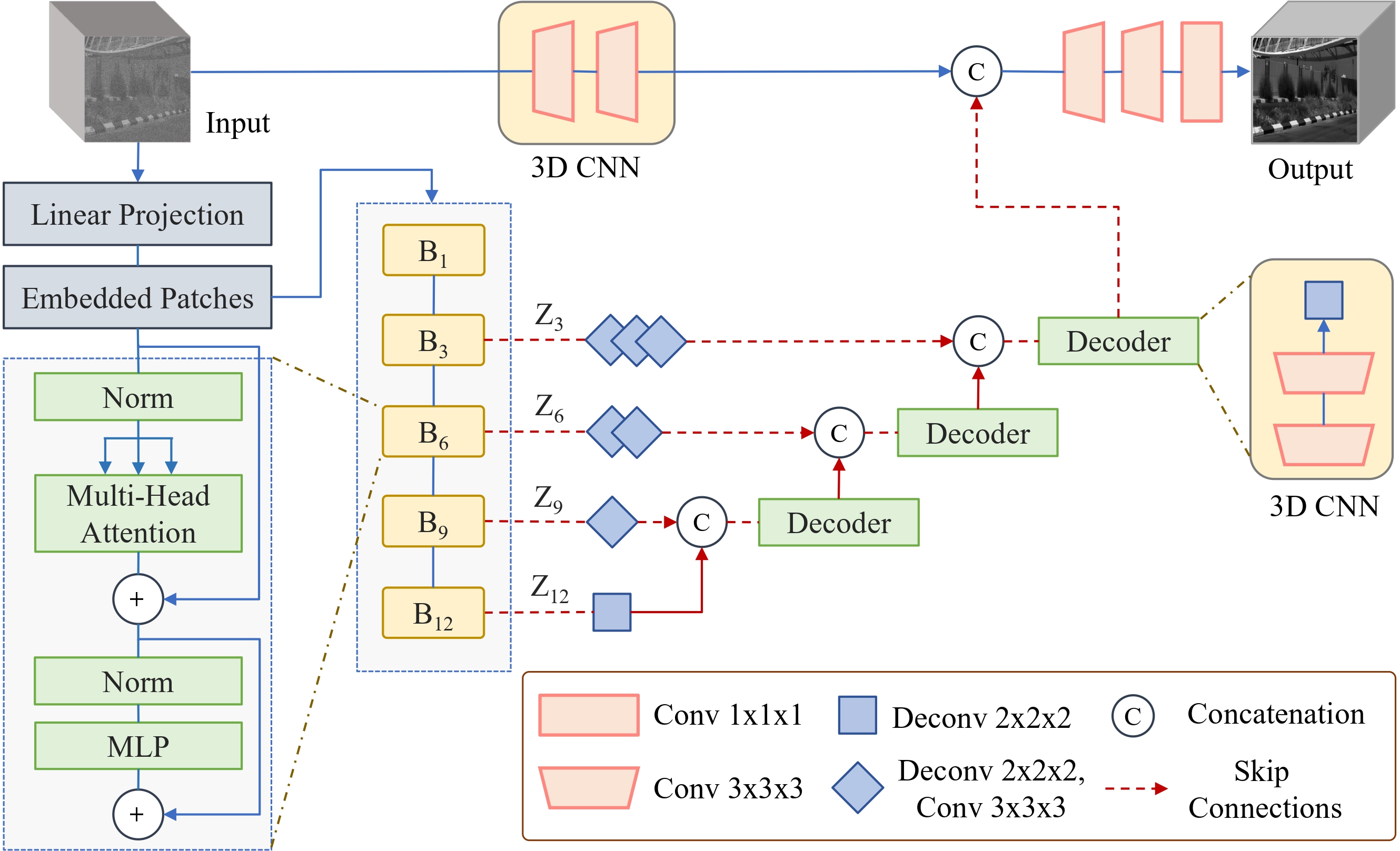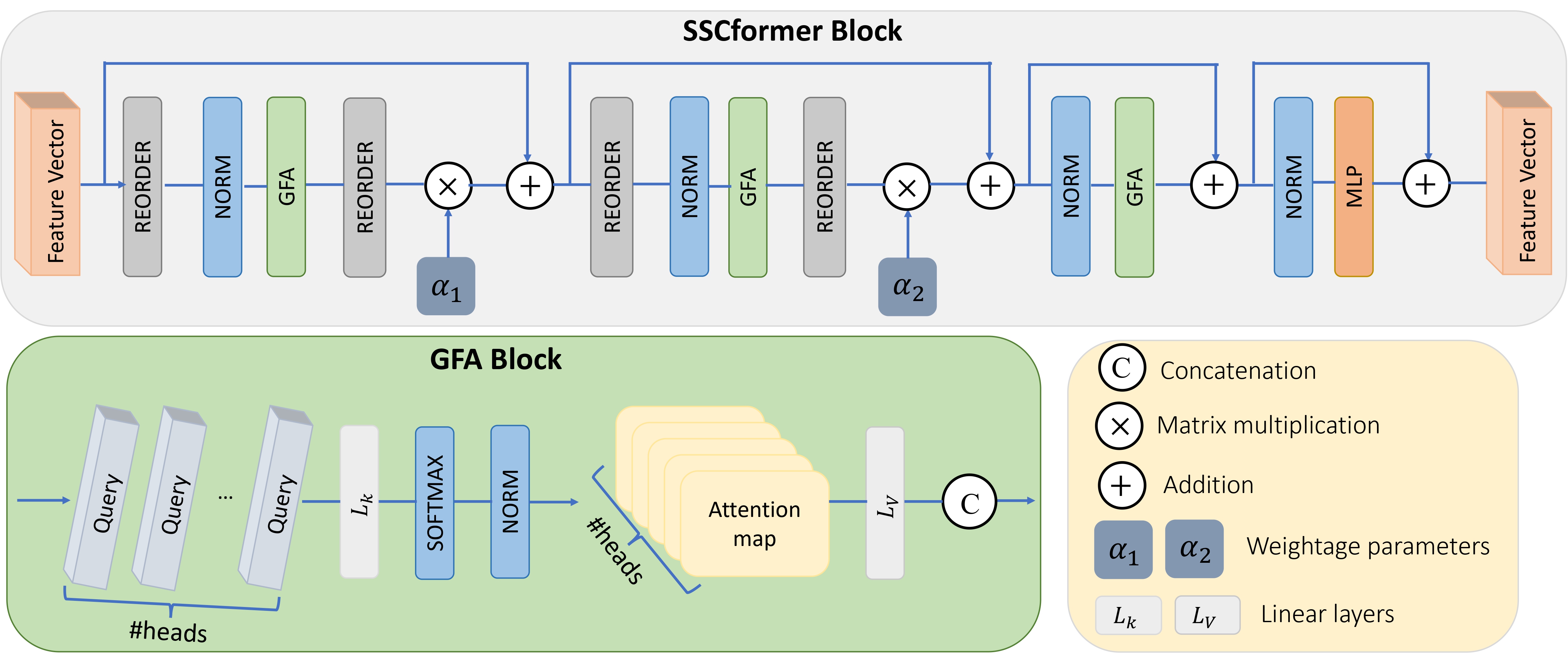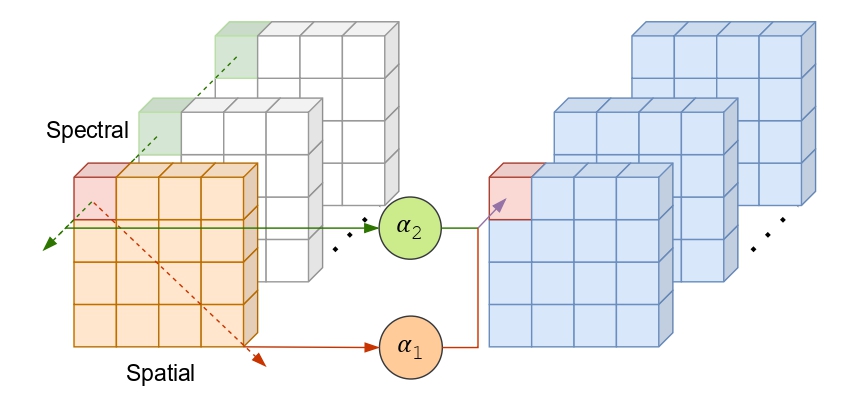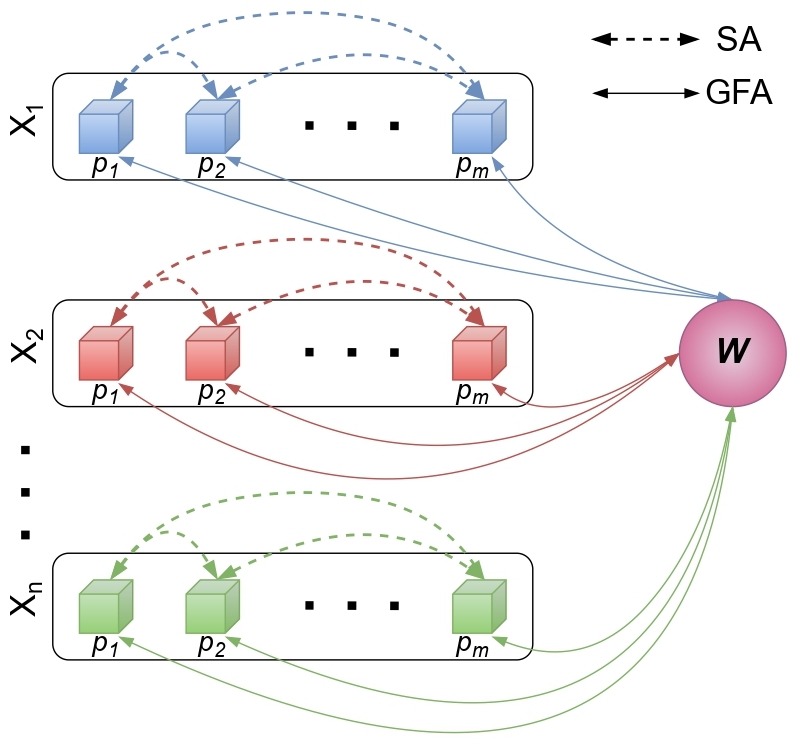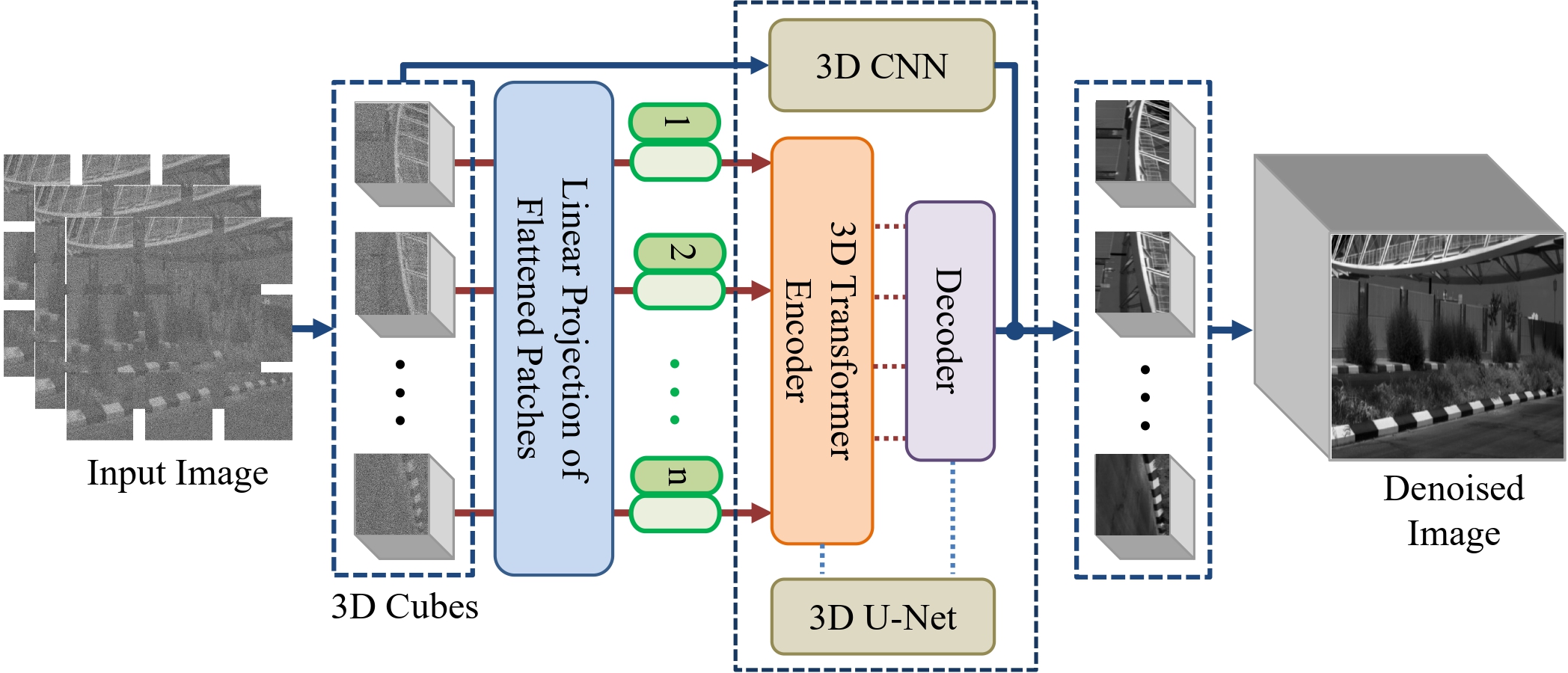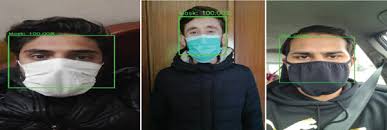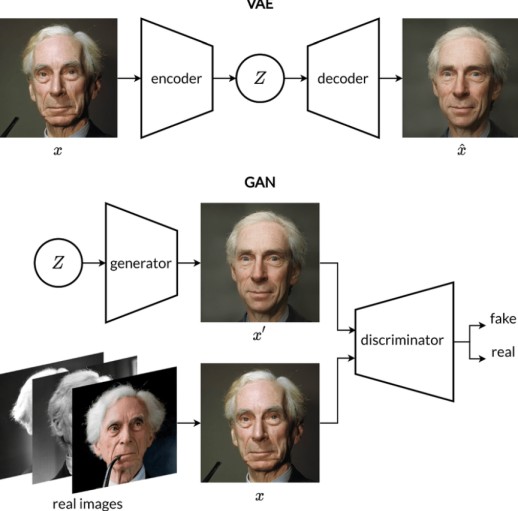Design of deep learning models
Techniques to denoise the Hyperspectral Images.
Hyperspectral Images (HSI) capture data across multiple spectral bands and are widely used in real-world applications such as remote sensing, agriculture, and marine monitoring. However, practical use is often hindered by challenges such as sensor noise, high storage requirements, and limited availability of labeled data. My research focuses on developing deep learning-based solutions to address these challenges. To enhance HSI denoising, I proposed UNFOLD, a novel method combining a 3D Transformer-based encoder, a 3D U-Net, and a 3D CNN-based decoder. This architecture captures long-range dependencies, preserves structural integrity, and enhances local details, leading to significant improvements in denoising performance. Additionally, I introduced VISIONARY, a spatial-spectral attention mechanism that jointly analyzes spatial and spectral domains. This approach adapts to the unique characteristics of HSI, delivering more effective noise reduction. To overcome the challenge of limited training data, I developed REATTAIN, which integrates supervised contrastive learning, data augmentation, and HSI inpainting to enhance feature learning and improve model generalization. Furthermore, I am currently exploring non-linear dimensionality reduction techniques to reduce data redundancy by leveraging the inherent sparsity in HSI, optimizing storage without compromising data integrity. Through these innovations, my work aims to advance the capabilities of hyperspectral imaging, making it more practical and effective for real-world applications.
